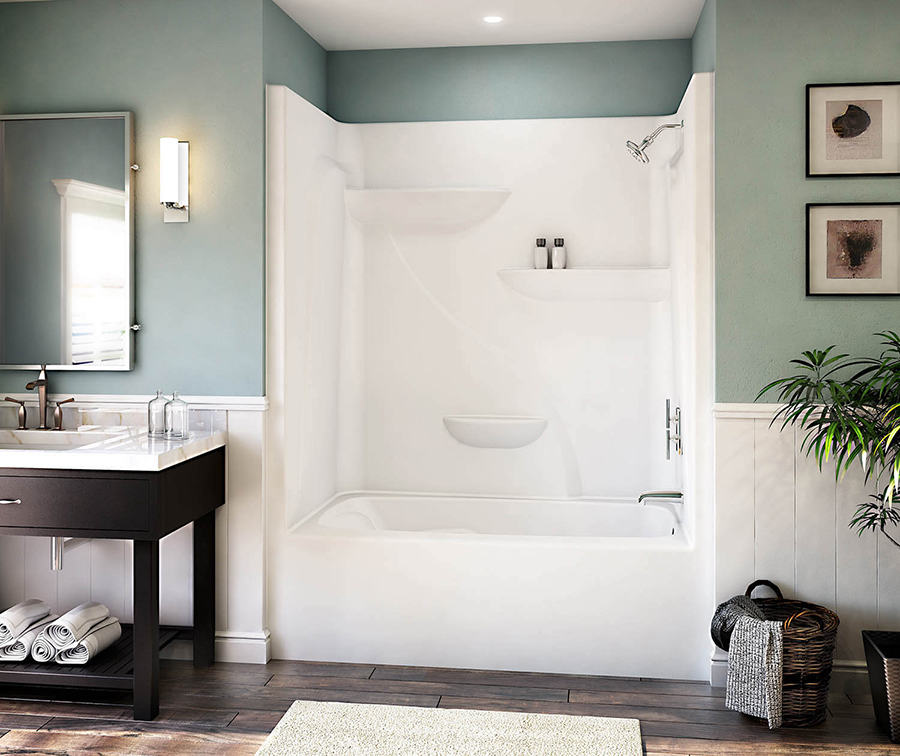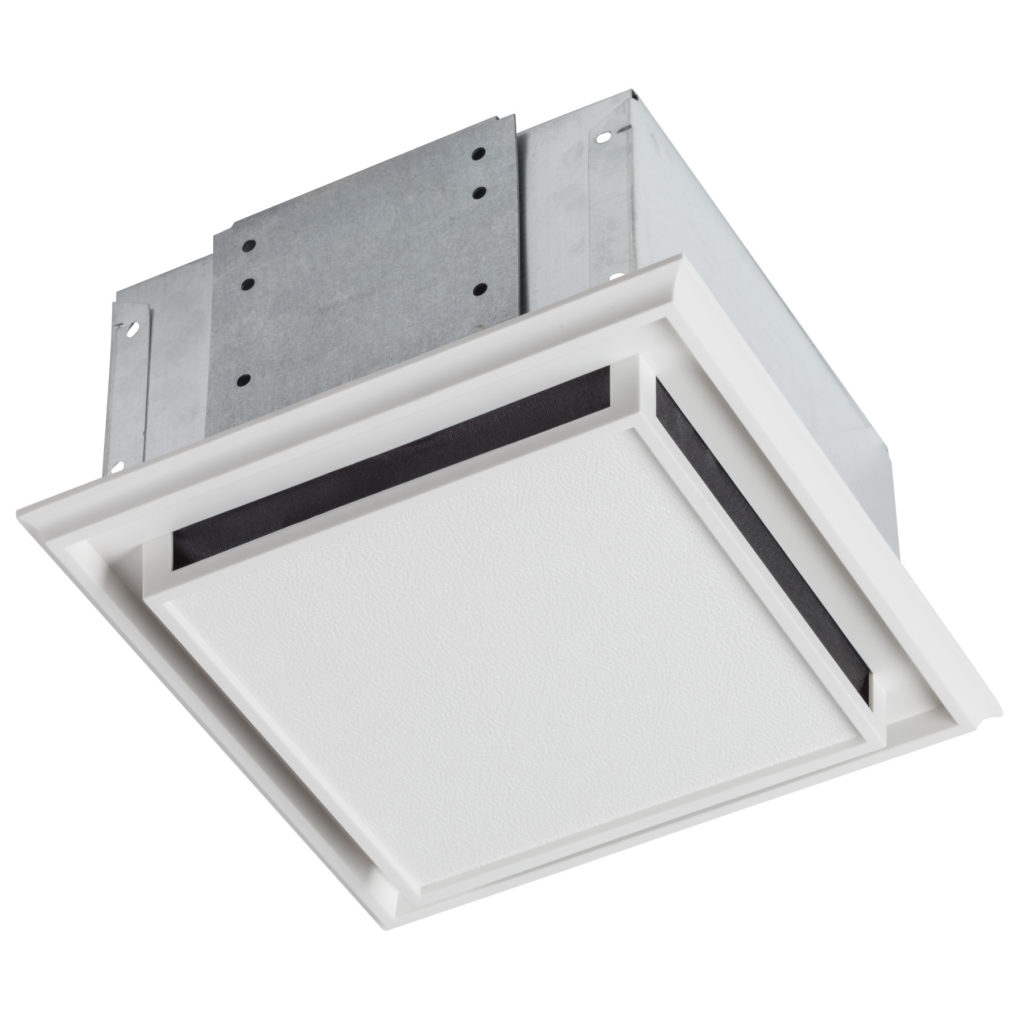We’ve all seen the commercials for different types of drain cleaners. Pour it down your drain, and your clog will be swept away without any more problems! But what if that is not the whole story? What if there could be problems associated with its use? This article will tell you the truth about drain cleaning products like Drano and let you know if they are safe to use in your drains.
What is Drano?
Drano is the brand name of a commercial drain clog removal product sold in most big box stores. It is advertised as being able to dissolve the clog within your drain enough so that it can be washed away.
How does Drano work?
To understand how Drano works, we must look at its ingredients, as each does a specific task.
First, lye will break down any organic material found within the clog.
Next, the aluminum will react with the lye, causing a reaction to raise the area’s temperature to a near-boiling temperature. This is to help speed up the breaking down of the organic material.
Lastly, the lye will form a soapy substance as it dissolves the organic matter. This will create the space and the means for the clog to slide down the drain and no longer create a clog.
Reasons why using Drano is a bad idea
Drano can be bad for pipes
Here are a few types of pipes and how Drano can affect them.
- Cast Iron – The old style of cast iron pipes are not immune to Drano. The ingredients in Drano are highly corrosive and can easily cause the pipe to rust. With extended or multiple uses, it has the potential to cause holes to form and eat away at your pipes.
- ABS – ABS has no protection against the chlorinated hydrocarbons in bleach. Drano contains bleach and, therefore, will begin to eat the ABS pipe if it is exposed to it.
- 21 year old PVC pipes and older – The Drano can harm PVC pipe in this age range. PVC at this age can become more brittle and will be more likely to fail as the Drano heats up to clear the clog.
- 20 year old or newer PVC – It is less likely that the Drano will cause harm to this age range of pipe, as it is still within its estimated lifespan and should be able to withstand the Drano process. However, the Drano can also deteriorate the glue that holds the joints together, which means that even less than 20-year-old pipe is not safe.
It’s a temporary solution
Drano may not be a permanent solution. Using Drano to clear the drain may solve your current issue, but it may not help to solve the actual complication. Therefore, it may happen again if the problem is not taken care of. Think about what is causing the clog and what can be done to prevent it in the first place.
Not good for the environment
Once you pour Drano down your drain and it clears your clog, it is no longer an issue, right? It is, in fact, still a problem. It is hazardous to the environment. Once it enters the municipal sewers, it can harm plants and animals with which it comes into contact. It can even taint fresh water if it is not filtered out properly.
Potentially damaging to septic systems
Drano has horrible effects on your septic tank. Your septic system has a set ecosystem for various bacteria to break down the waste. Pouring Drano into your septic tank can affect that system and negatively affect that process.
Dangerous to humans and animals
Drano can be extremely harmful if you allow it to come in contact with your skin. If it touches your bare skin, you will need to wash it off immediately to prevent burns. You will also need to be cautious of getting it in your eyes or breathing in the fumes as it also can be very harmful.
Places where you shouldn’t use Drano
- Tub/Shower: The problem with using Drano in a shower is that it can begin to eat rubber seals. This means that the rubber seal around the floor drain of your tub or shower may become damaged and start to allow water to leak through, which could lead to water damage.
- Kitchen/Bathroom sink: When using a product such as Drano in a sink, you’re dumping fumes in an area that you will be using regularly. You will need to wait at least 24 hours before the sink will be safe enough to use once again.
- Garbage disposals: Drano can produce harmful chemical fumes that will be left sitting in your garbage disposal, and it can begin to break down the rubber seals. This will potentially leave you with many issues.
- Toilets: Drano heats up once it is activated, which can cause the porcelain to break. Porcelain is not designed to take the near-boiling temperatures that Drano will create, which may cause your toilet to crack or even break apart as the Drano sits in it.
How to take care of a clogged drain yourself
If you have a clogged drain, do not automatically reach for the Drano, as there are much safer and more environmentally friendly options that you can choose from.
- Plunger: An excellent old-fashioned plunger is a great tool to use when faced with most clogged drains. It is almost guaranteed not to cause any damage. It is a simple and usually readily accessible option before trying the more intense methods.
- Homemade drain cleaner: There are multiple different concoctions that you can put together yourself to clear a clog. These will be much safer and just as effective as Drano. (See below)
- Plumber’s snake: Usually relatively affordable at the local hardware store, you can use a plumber’s snake to clear your drain without the aid of harsh chemicals. Even simple and inexpensive tools like the ones pictured below can remove hair debris from sinks and showers.

- Clean the P-trap: If you have a clog at a sink, it may be as simple as cleaning out the P-trap. This will be the low point of the drain before the pipe leaves the underneath of your sink. Usually, this will be able to be removed by a couple of screw-on fittings.
What to use instead of Drano (DIY options)
Since Drano is such a harsh chemical on your pipes, you may consider using a homemade drain cleaner, so you won’t have to worry about harming your drainpipes.
- Salt and water: Use a 1/2 cup of coarse salt and 4 liters of water mixture to pour down your drain. Let this sit for approximately 15 minutes before pouring hot, but not boiling, water down your drain. Boiling water has the potential to damage plastic piping. The salt will help dissolve the clog, while the hot water will loosen it and push it through the drainpipe.
- Baking soda and vinegar: Pouring ½ a cup of baking soda and a ½ cup of white or apple cider vinegar down your drain will cause a chemical reaction. You will then want to seal the pipe, wait an hour, and pour hot water down the drain.
- Baking soda and salt: Using half a cup of each will also be an effective clog buster. Let the concoction sit for an hour or longer before pouring hot water down the drain and watch your clog be flushed away.
Take away
You may not see the adverse effects of Drano use immediately, but some risk is involved. The best way to keep your pipes clean is to prevent clogs in the first place. Be careful about what you wash down the drain, keep a plunger on hand, and use a drain cover to keep hair out of your pipes.
Have you had any bad experiences with Drano? Do you have any good DIY ideas for cleaning your drain? Let us know if the comments!




